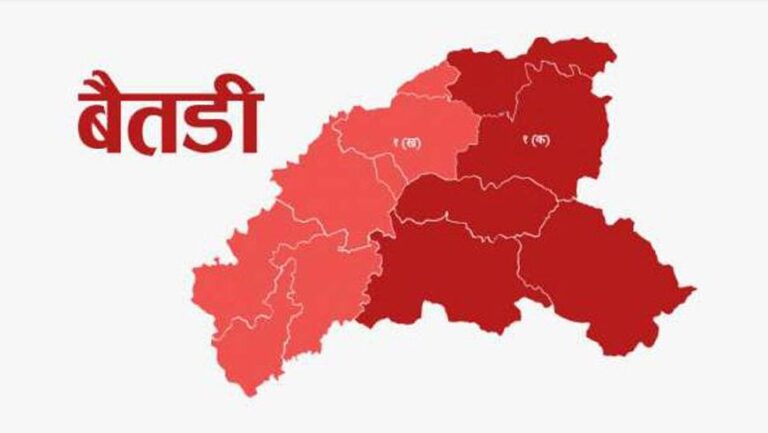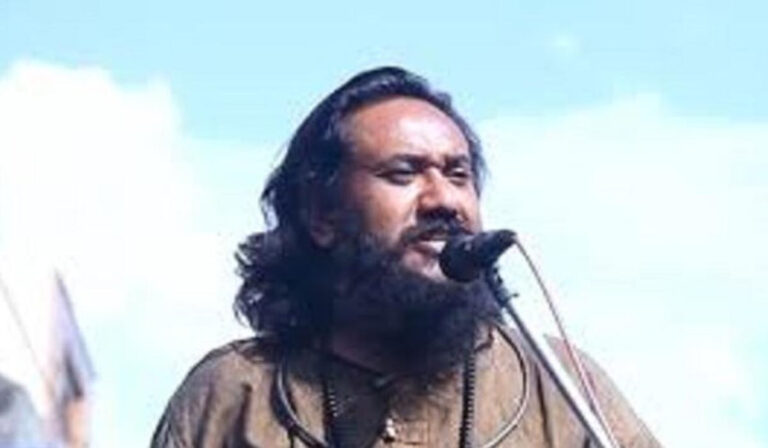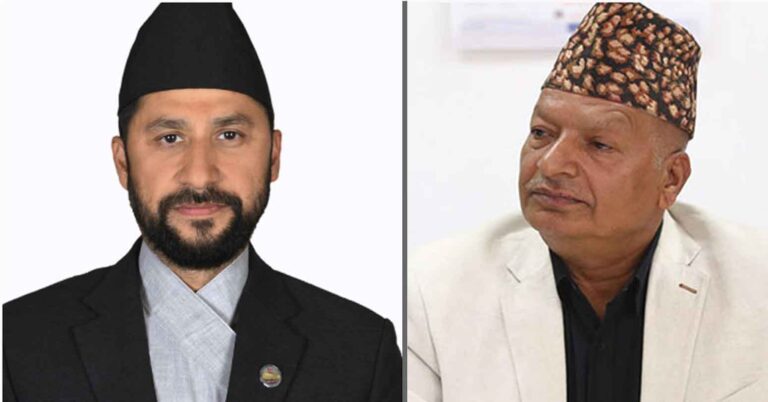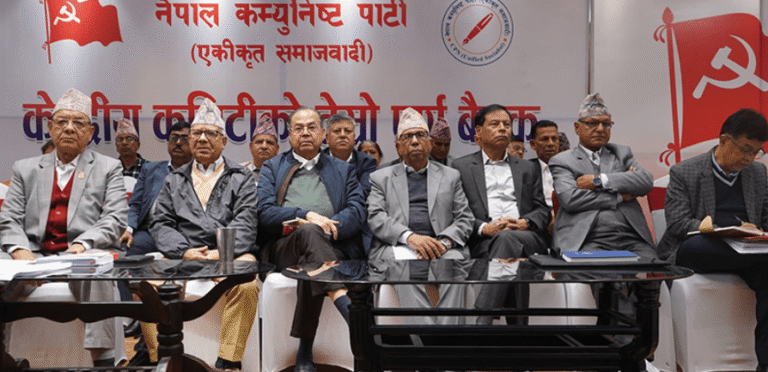
As CPN (Unified Socialist) Chairman Madhav Kumar Nepal advances final preparations for a merger with the CPN (Maoist Centre), a faction within his party has voiced opposition to the move.
Several leaders have begun internal discussions on alternatives, including reorganizing the party or reuniting with the UML.
Out of the party’s 344-member Central Committee, a majority led by Chairman Nepal supports unification with the Maoist Centre, while senior leader Jhalanath Khanal, General Secretary Ghanashyam Bhusal, and Ram Kumari Jhakri head the minority faction advocating for either party restructuring or unification with the UML.
During the meeting that began on Wednesday, Chairman Nepal hinted that the merger process with the Maoist Centre was in its final stage. The dissenting faction plans to present its protest on the second day of the meeting.
Despite the internal opposition, Nepal is not in favor of halting the merger.
A three-member task force led by Beduram Bhusal has already held talks with five leftist parties, and final groundwork with the Maoist Centre and the Nepal Samajbadi Party (Nesapa) has reportedly been completed.
The new party is likely to be named either “Nepali Communist Party (Samajbadi)” or “NCP Samajbadi”, with the election symbol expected to be either a star or a pen. Pushpa Kamal Dahal ‘Prachanda’ and Madhav Kumar Nepal are expected to serve as coordinators or co-chairs of the unified party.
However, the Khanal faction has rejected the proposal to dissolve the current party and merge with the Maoist Centre, accusing Nepal of adopting a right-leaning approach instead of the revolutionary path they envisioned.
Pro-unity leader Senior Vice-Chairman Rajendra Pandey said, “Speculations outside the meeting mean little until discussions are concluded. Once we finalize the new program, name, and election symbol, there will be no reason to remain divided.”
According to Pandey, although the majority supports unification, the minority group’s stance could influence party stability.
He further stressed that Nepal’s communists must play a decisive role in leading the left movement, warning that, as seen in West Bengal’s communist experience, “if we remain divided like this, Nepal’s communist movement could fragment within five years and face serious weaknesses.”




